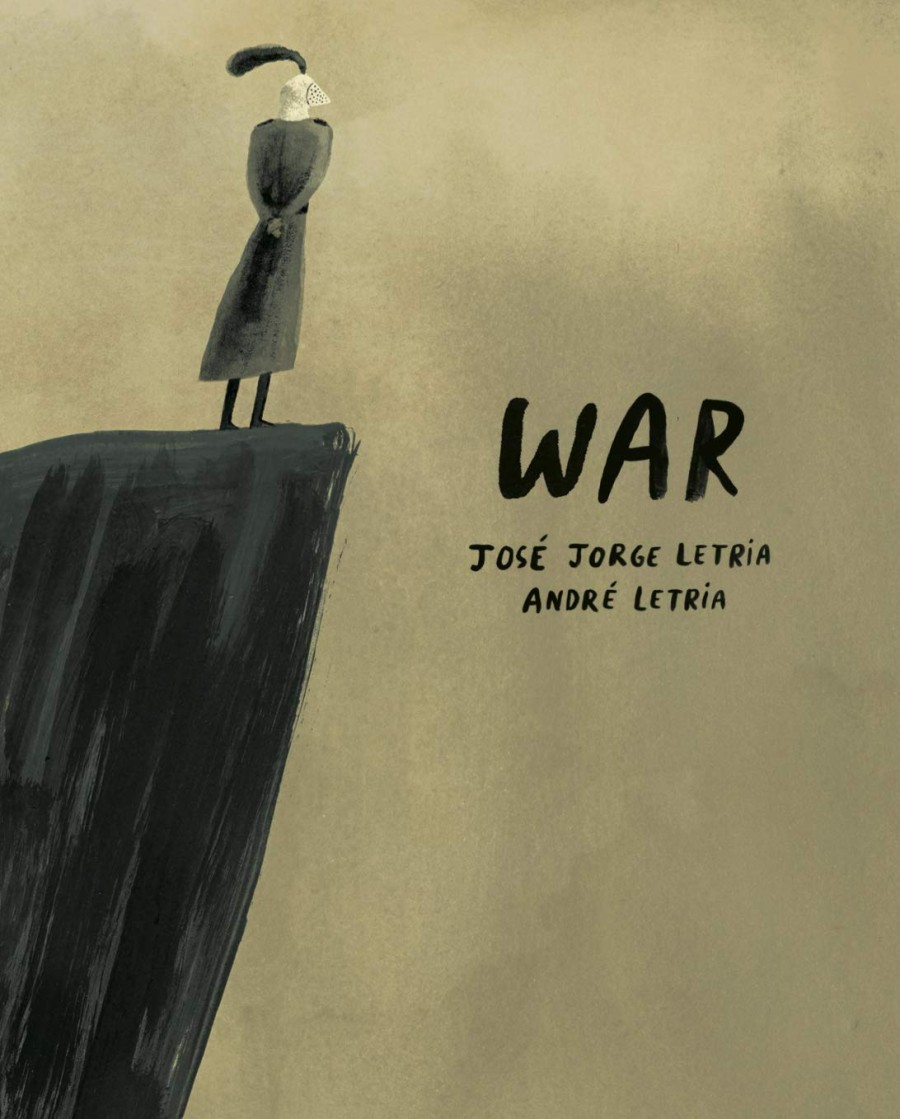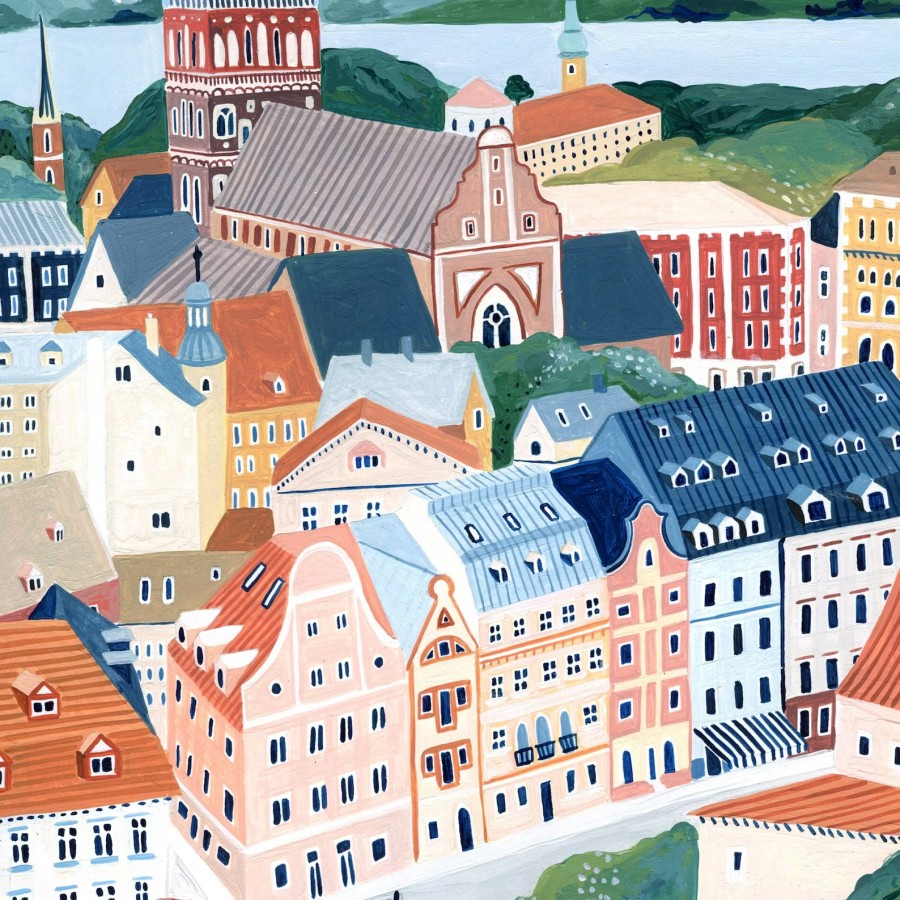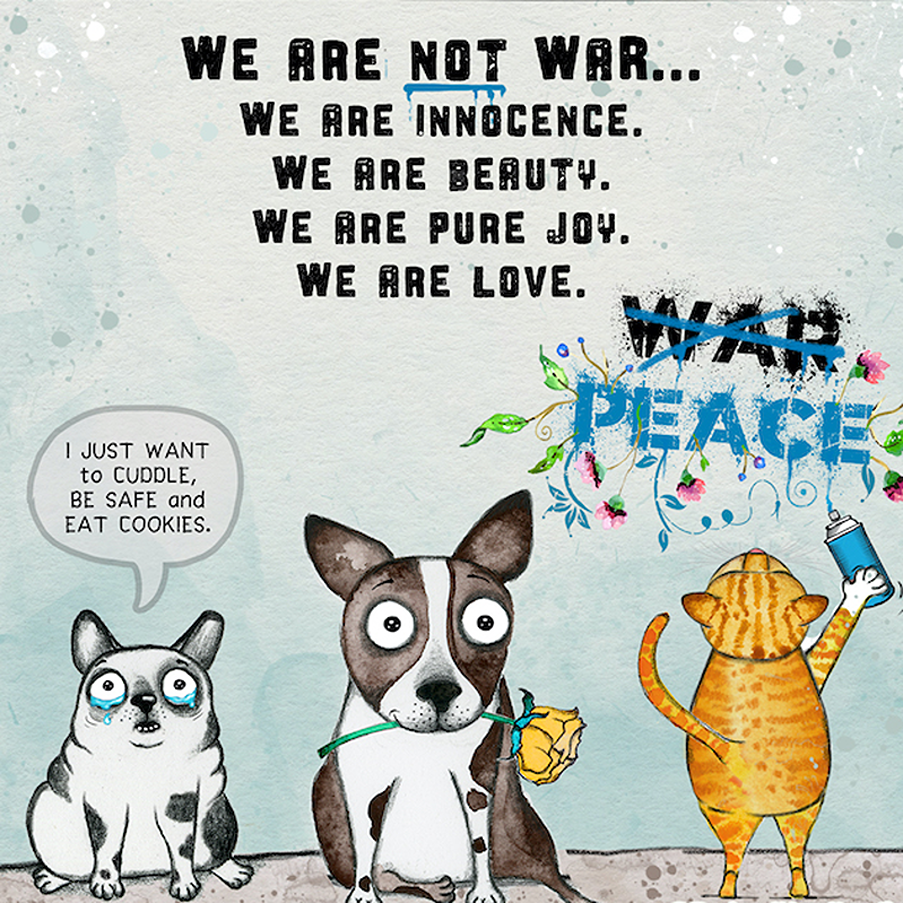
Any time we listen or watch the news, the horrors of the war in the Middle East are often the top headline. In both Israel and Palestine, atrocities are occurring with people and animals starving, with no end in sight. The problem with listening to ‘soundbite’ news is that the presenters very rarely explain why the issue is happening, and obviously that is the way to solve it. So let’s look at what the crisis is all about (and the effects it’s having on our politics).
why is there conflict between Israel & Palestine?
Israel (the world’s only Jewish state) and Palestine (with an Arab population) are adjacent countries. Palestine is presently on Israeli land and wishes to establish its own state, so the war is basically over who gets the land. This war dates back 2000 years, but mostly just after the Second World War when Jews fled Europe from the Nazis to establish a safe homeland. The Arabs wished to keep their land and the UN stepped in to try to give both a section of the land, but that obviously failed.
A war in 1967 left Israel with the West Bank and Gaza Strip, which are home to many Palestinians. So you can see how the conflict grew. Today the West Bank is controlled by Palestinians but still under occupation from Israeli troops, who put restrictions on their movements and often deny land to them too. Gaza is now controlled by Hamas (a militant Islamic group that seized control in 2007) and after killing almost 1500 Israeli people (and taking over 240 people hostage) in late 2023, has led to the present war that has killed and injured tens of thousands of people. And left 2 million people at risk of famine.
what is the solution to peace in the Middle East?
Peacebuilders recommend a two-state solution to create an independent state in Gaza (and most of the West Bank) and leave the rest of the area led by Israel, but many people in both countries don’t want this. The other option is a one-state solution where it all becomes one country that both sides share (which appears impossible at present).
Political writer Daniel Levin believes there is hope for peace in the Middle East (his own father had his left arm blown off in the final days of the 1948 war). He says that the idea of a one shared state is ‘utopian’ as there is now too much trauma on both sides. He thinks a two-state solution (but with aspects of the proposed one-state solution like freedom of employment, movement and residency with security controls) is the best bet. So people could live, work and study anywhere, but only vote on their own state. Israelis living in occupied Palestine could move back if wished to Israel with relocation packages, or remain in Palestine and follow their laws. He says that more support should be given to powers that promote peace, rather than politicians that just fuel the fire by refusing to look at peaceful alternatives.
A Land for All is the likely best solution. An idea born from peaceful discussions on both sides, it offers 15 reasons why this idea is the best solution: It acknowledges historical and cultural beliefs of both lands, provides each side with a sovereign state, Jerusalem becomes the capital of both states and the solution can be implemented immediately.
Daniel also says that countries with influence (including of course the USA) should abandon self-interested support and look at solutions, rather than being part of the problem by choosing ‘one side against the other’. This works both ways: the US government is pro-Israeli and so are some UK MPs, which of course leads to other maverick MPs being elected, as Palestines aghast at what is happening elect people who are listening to them. But in reality, the only way to stop this war is to listen to both sides, and do something about it.
Seeds of Peace is a wonderful US summer camp, where they take opposing sides to have them work and play together, to become the future leaders of tomorrow (say Israeli and Palestinian teenagers). They arrive wanting to kill each other, and leave as friends.






